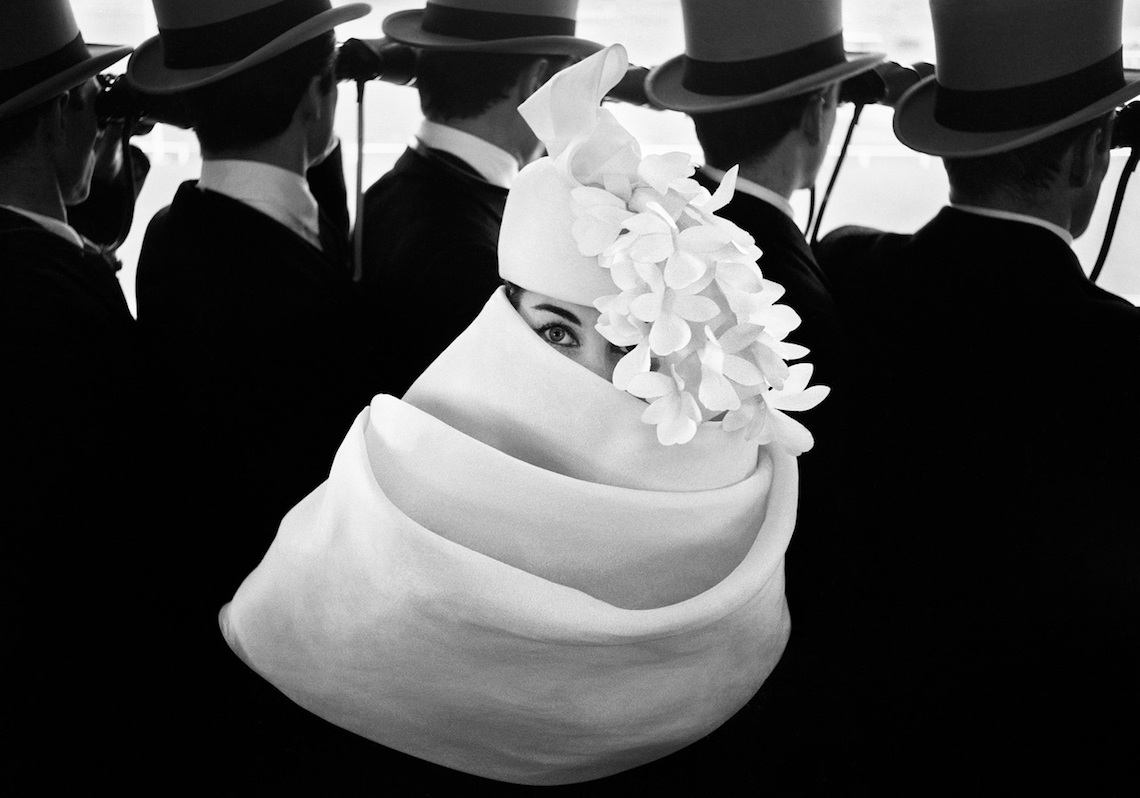Two years after the death of the author-reporter and fashion photographer Frank Horvat, the Jeu de Paume celebrates its works with a first exhibition dedicated to him, with more than 170 prints and 70 archival documents (publications, writings, books, contact sheets) from his home studio in Boulogne-Billancourt. The exhibition concentrates on the first fifteen years of his career, from 1950 to 1965, offering a new perspective on the artist's work and personality.
Born in Abbazia, Italy in 1928, to Jewish parents originally from Central Europe, Francesco Horvat was forced to seek refuge in Switzerland in 1939, close to Lugano, with his mother and sister. He moved to Milan after the war, where he tried his hand at a career in advertising before moving into photography. His first images were published in the early 1950s by Italian and Swiss newspapers like Epoca, Die Woche, and Sie und Er. An admirer of Henri Cartier-Bresson, whom he had visited in Paris in 1951 in the hope of joining the Magnum agency, he acquired a Leica and carried out a first formative journey to Pakistan and India from 1952 to 1954. Capable of capturing close-ups of intense scenes and sometimes forbidden places, he emerged as a skilled photographer of the human body and the intimate.
Tan Arnold at the Chien qui fume, or the woman wearing a Givenchy hat watching an imaginary race through binoculars are his most famous images. This irruption of a lively, humorous, and quirky “reportage style” in the domain of fashion photography contributes to the success of Frank Horvat and his images are published in numerous magazines..
However, Frank Horvat felt the desire to escape from the stereotyped codes of photojournalism and fashion photography. Supported by the director-in-chief of the German reportage magazine Revue, he embarked on an ambitious photographic essay around the world for eight months, which took him to Cairo, Tel Aviv, Calcutta, Sydney, Bangkok, Hong Kong, Tokyo, Los Angeles, New York, Caracas, Rio de Janeiro, and Dakar, between 1962 and 1963. In this last great black and white photo story, he gave free rein to the expression of subjects that fascinated him, and to a personal inspiration with sometimes hallucinatory vibrations. The focus on the gaze, nocturnal scenes, the fragility glimpsed behind masks, melancholy bodies, physical and romantic troubles, all contributed to drawing an intimate cartography of this photographer, motivated throughout his life by introspective research and an inexhaustible quest for new experiences.
Alongside his iconic images, the exhibition presents ensembles of lesser-known and unknown photographs. All the richness and singularity of a complex and multifaceted body of work are revealed here, positioned within the context of the history of the photographic image and the post-war illustrated press. A unique ensemble of photographs, as well as numerous fashion magazines will thus be presented, shedding light on the context in which these images were created, at a time when the rise of ready-to-wear and the evolution of women’s social status profoundly modified the canons of the genre.
Jeu de Paume
Frank Horvat
June 16 - September 17, 2023
1 Place de la Concorde
75001 Paris
Photo: 12 Frank Horvat, Chapeau Givenchy, Paris, pour Jardin des Modes, 1958




